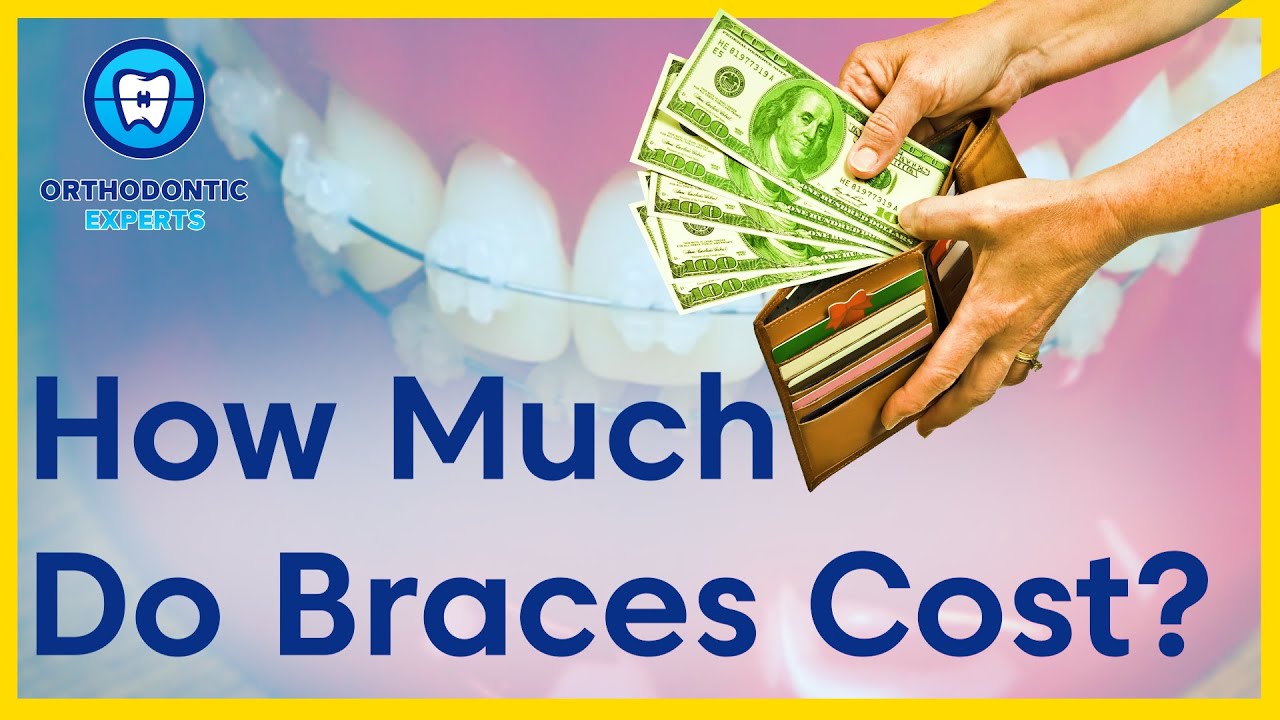When parents hear that their child needs braces, one of the first questions that may come to mind is how much it will cost. With so many factors affecting the final price tag, it can be difficult to give an exact answer. However, understanding the different components that make up the cost of braces for kids can provide some clarity and help parents feel more prepared for the process.
Types of Braces
The type of braces a child receives is a significant factor in determining the total cost. Traditional metal braces are the most commonly used and typically the least expensive option. Ceramic braces, which are less noticeable than metal ones, typically cost more. Lingual braces, which are attached to the back of the teeth rather than the front, are the most expensive option.
Metal Braces
Metal braces are the most commonly used type of braces to fix crooked teeth. They are made of high-grade stainless steel and are the most recognizable type of braces. Metal braces are the least expensive option, starting at around $3,000 to $7,000.
Ceramic Braces
Ceramic braces are made of clear or tooth-colored brackets that blend in with the teeth. They are less noticeable than metal braces, and some patients find them more comfortable. Ceramic braces cost an average of $4,000 to $8,000.
Lingual Braces
Lingual braces are attached to the back of the teeth, making them almost invisible from the front. They are a good choice for those who want to keep their braces hidden. The cost for lingual braces is around $8,000 to $10,000, making them the most expensive option.
Additional Costs
There are additional costs associated with braces that go beyond the initial price of the braces themselves. These costs may include:
- X-rays - Before braces can be put on, x-rays may be needed to identify whether there are any underlying issues that need to be addressed first. These x-rays can cost anywhere from $20 to $250.
- Retainers - After the braces are taken off, retainers may be needed to prevent the teeth from shifting back to their original position. Retainers can cost anywhere from $100 to $1,000.
- Adjustments - Regular adjustments are necessary throughout the course of treatment to keep the teeth moving in the right direction. These adjustments usually cost between $50 and $300 per visit.
Insurance Coverage
Some dental insurance plans may cover part of the cost of braces, but the amount of coverage varies widely. It is important to talk to the insurance provider beforehand to understand exactly what is and isn't covered. Many providers may have a waiting period before orthodontic coverage kicks in.
Payment Options
For those without insurance coverage or whose coverage falls short, there are other options for paying for braces:
- Flexible Spending Accounts (FSA) - An FSA allows you to set aside pre-tax dollars to pay for medical expenses. This can include braces and related costs.
- Payment Plans - Many orthodontists offer payment plans for braces, so patients can spread out the cost over a period of time instead of paying all at once.
- Care Credit - This is a type of credit card that can be used for medical expenses. Many orthodontists accept it, and it often has low or no interest rates for a certain period of time.
Final Thoughts
While the final cost of braces may seem high, the benefits of having a straight, healthy smile can be immeasurable. By understanding the different costs associated with braces for kids, parents can make informed decisions and take appropriate steps to ensure their child gets the care they need.

